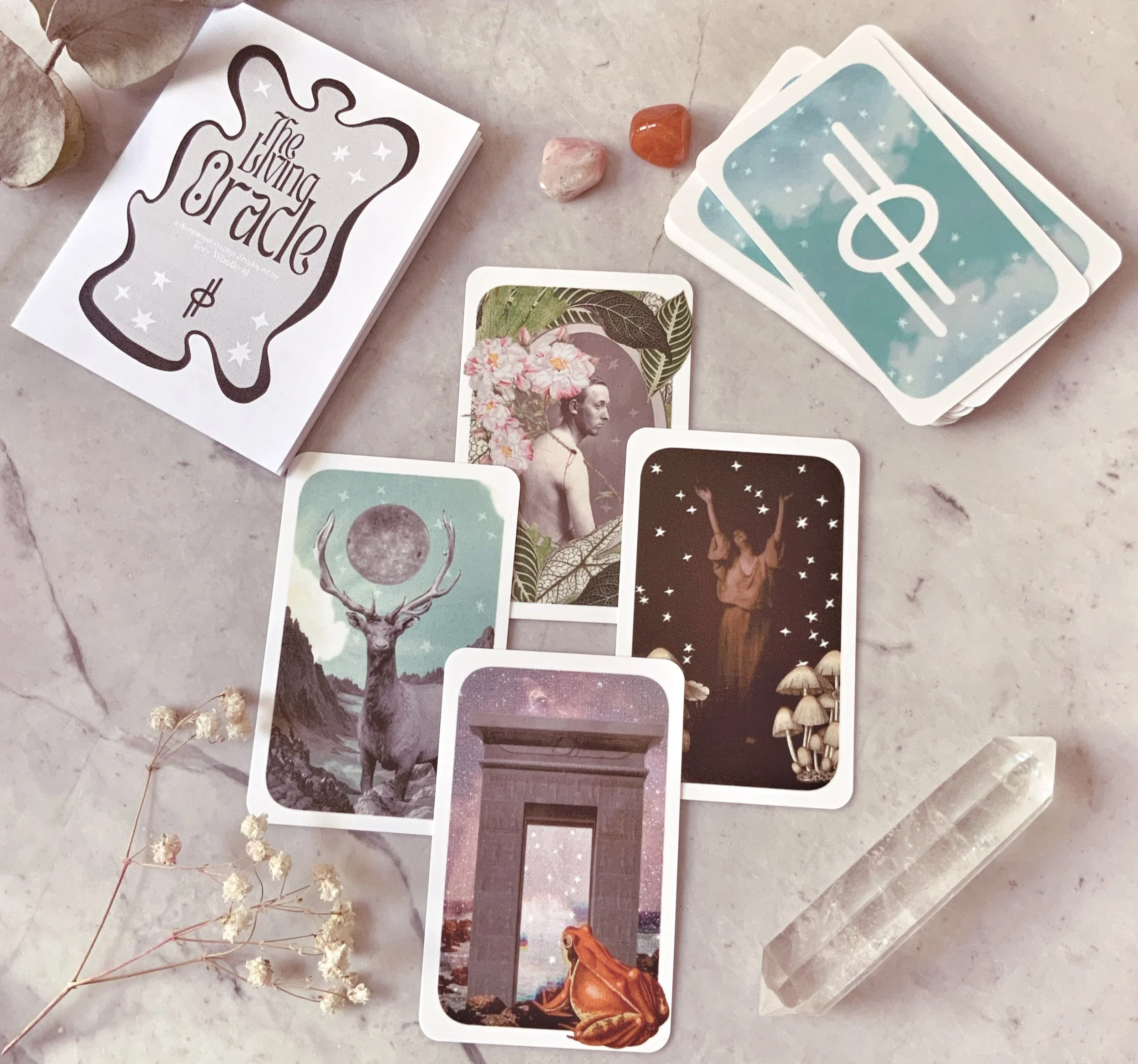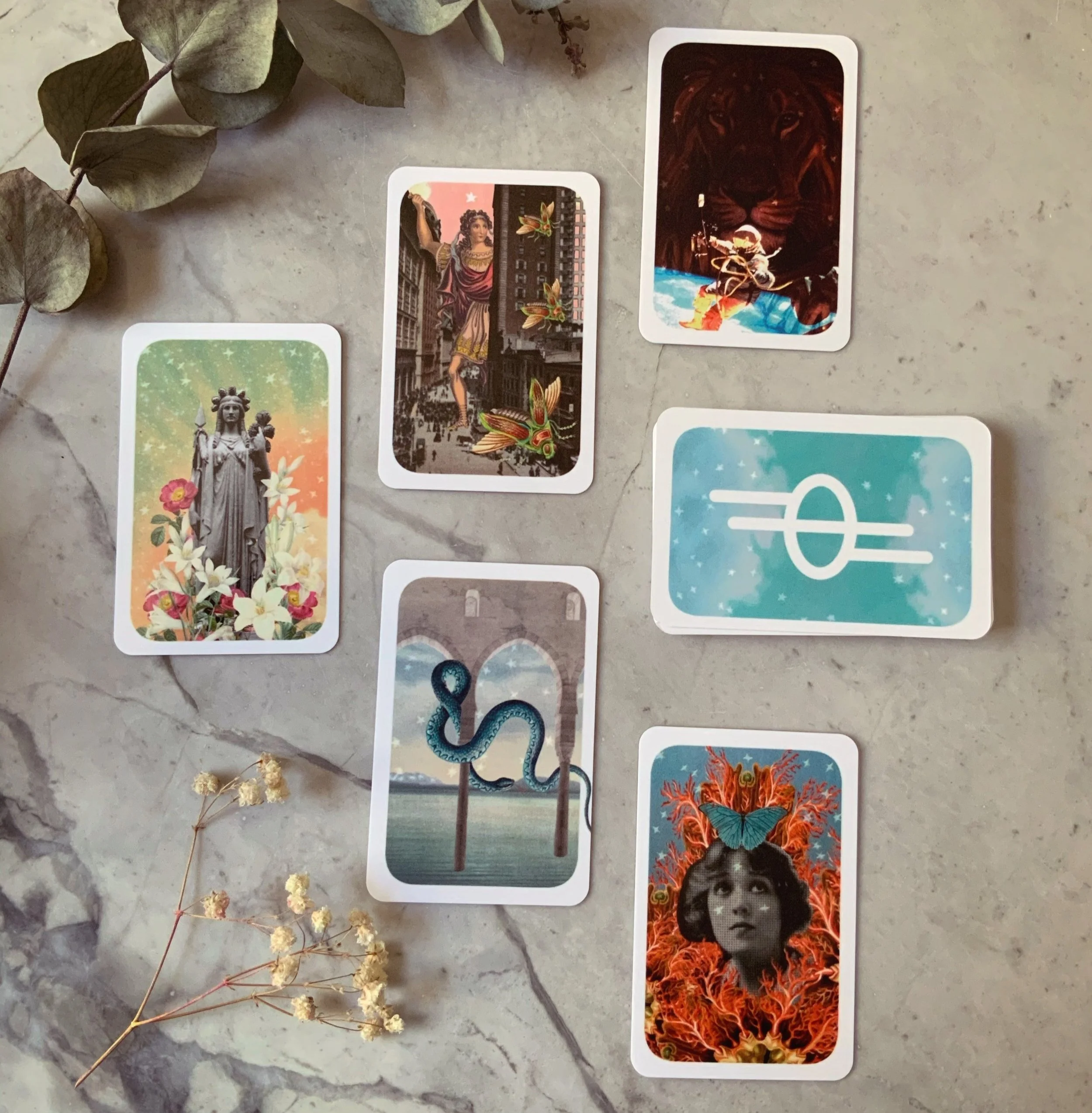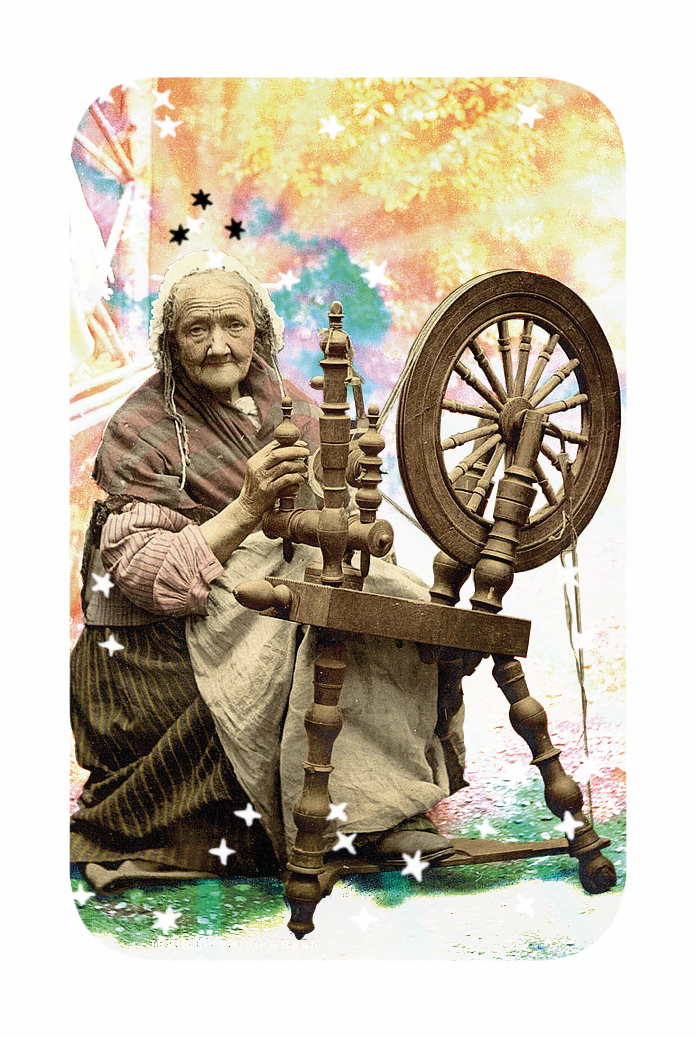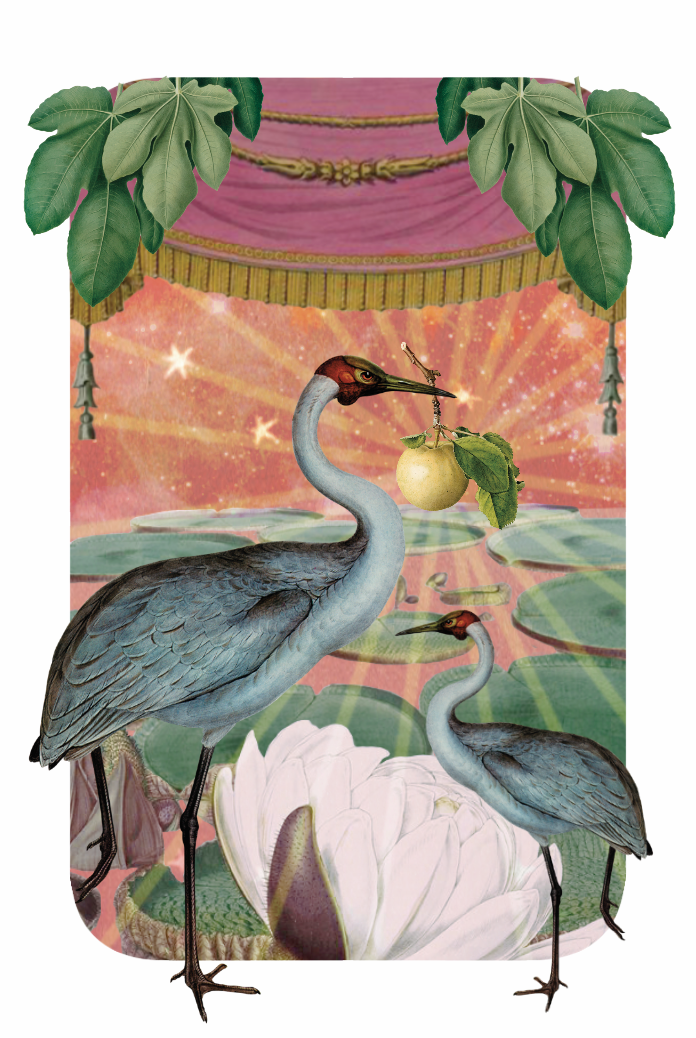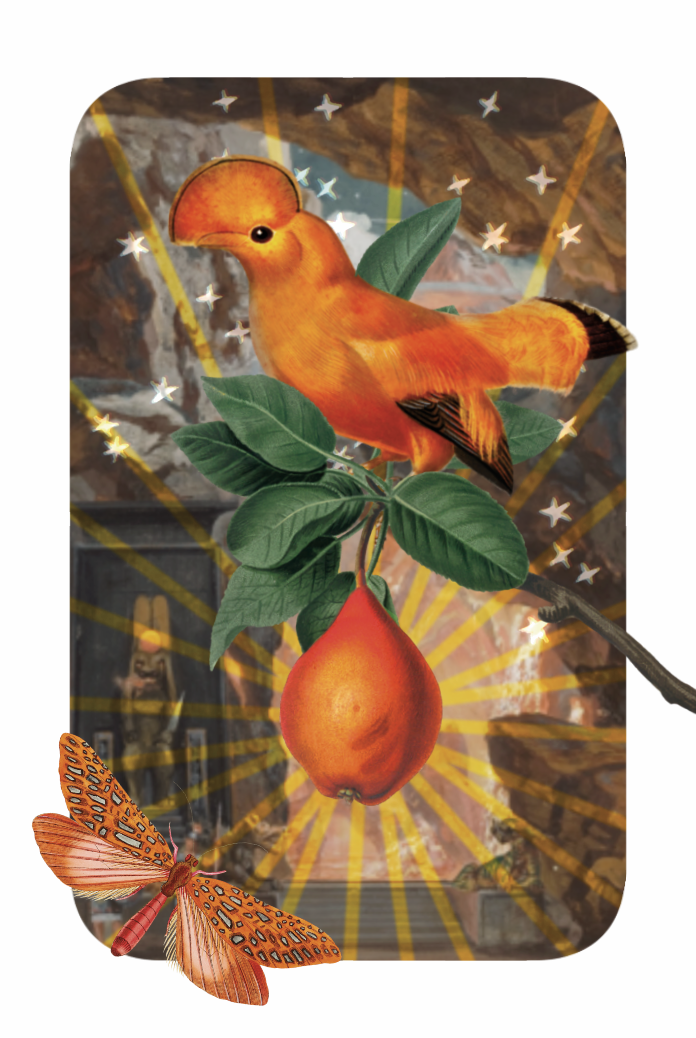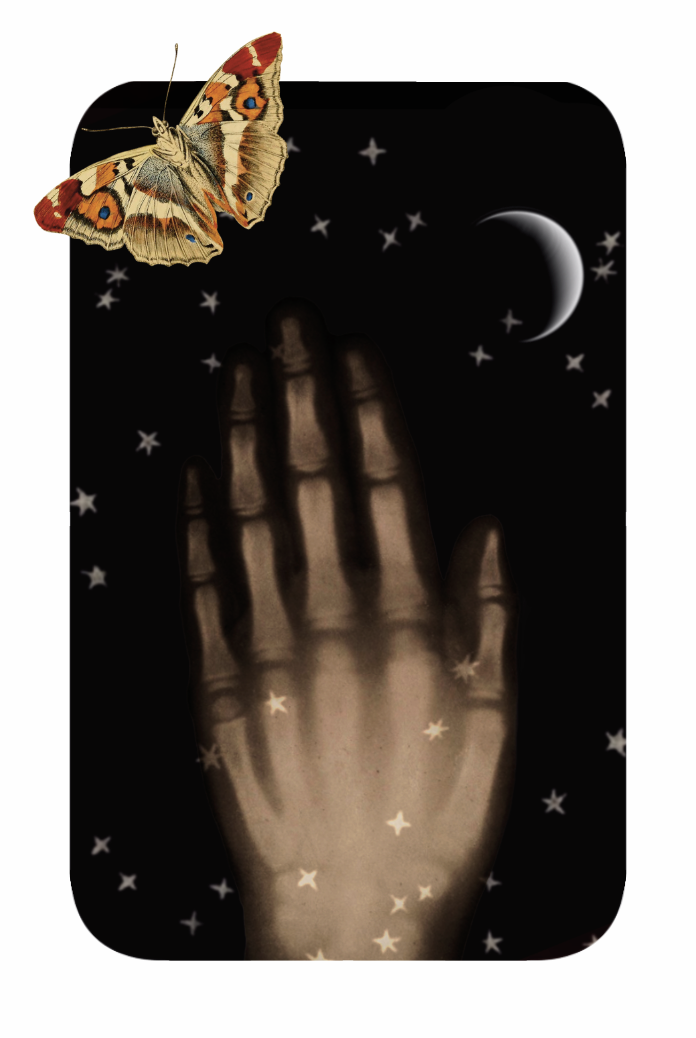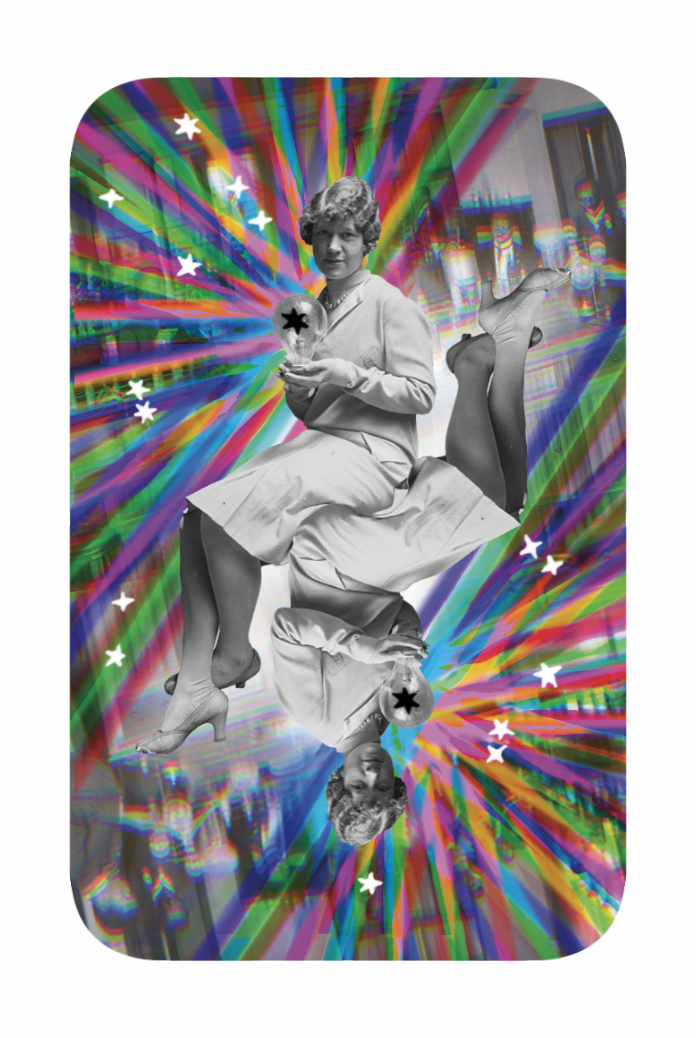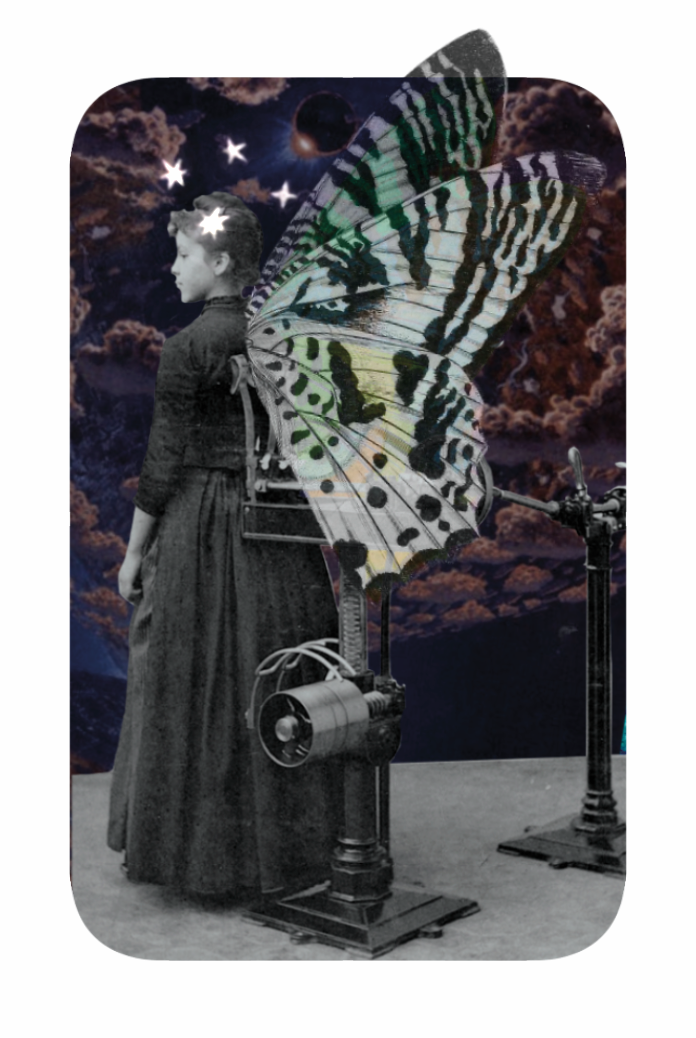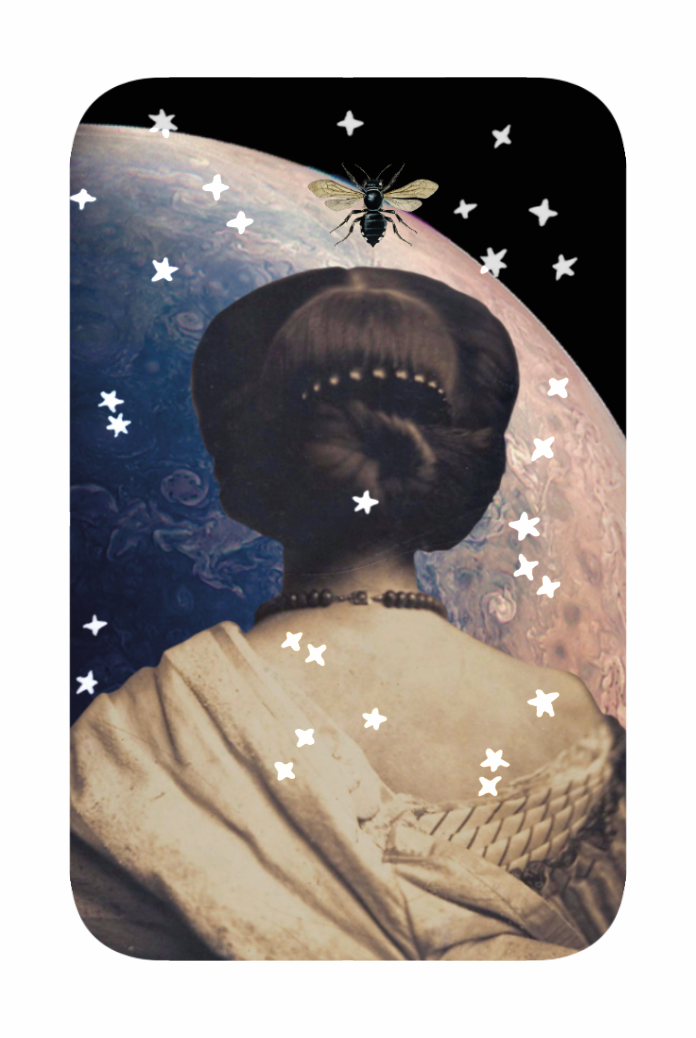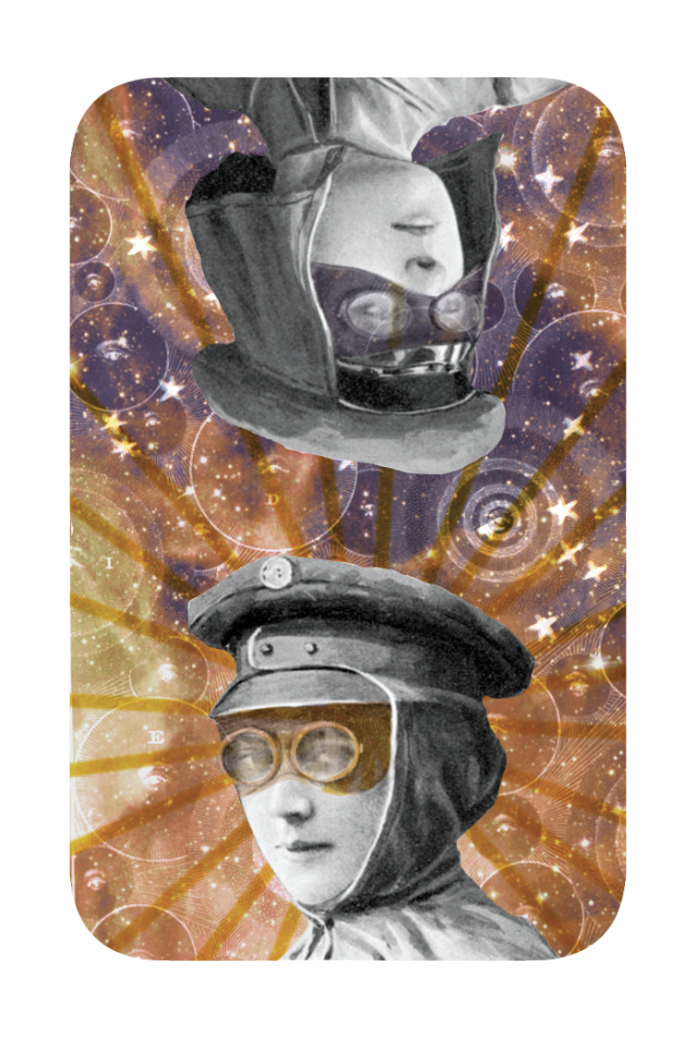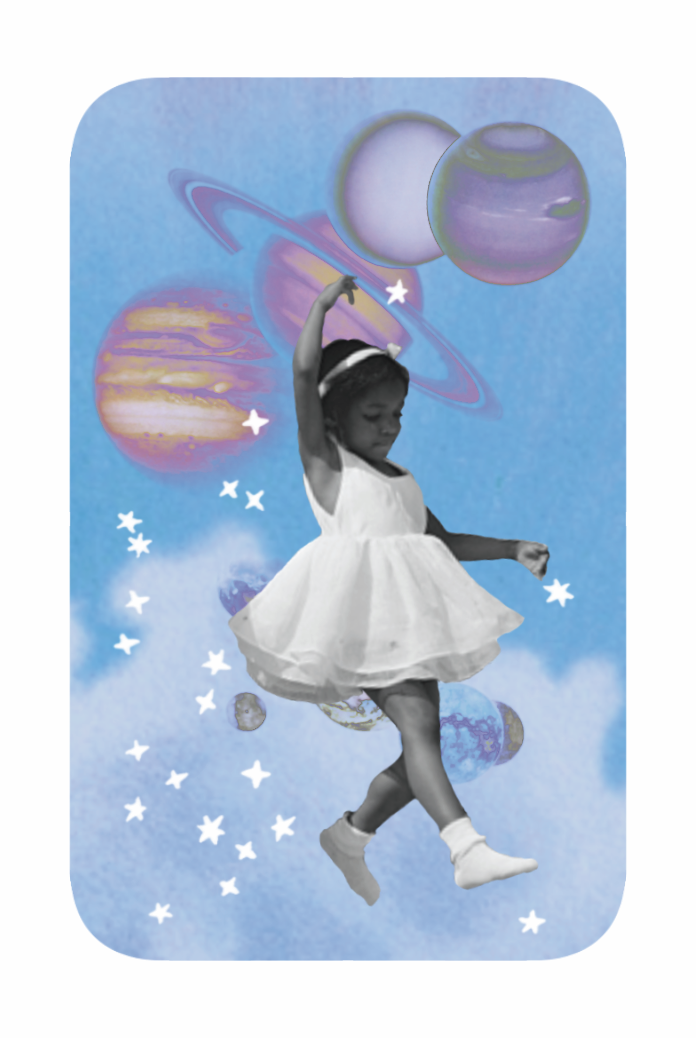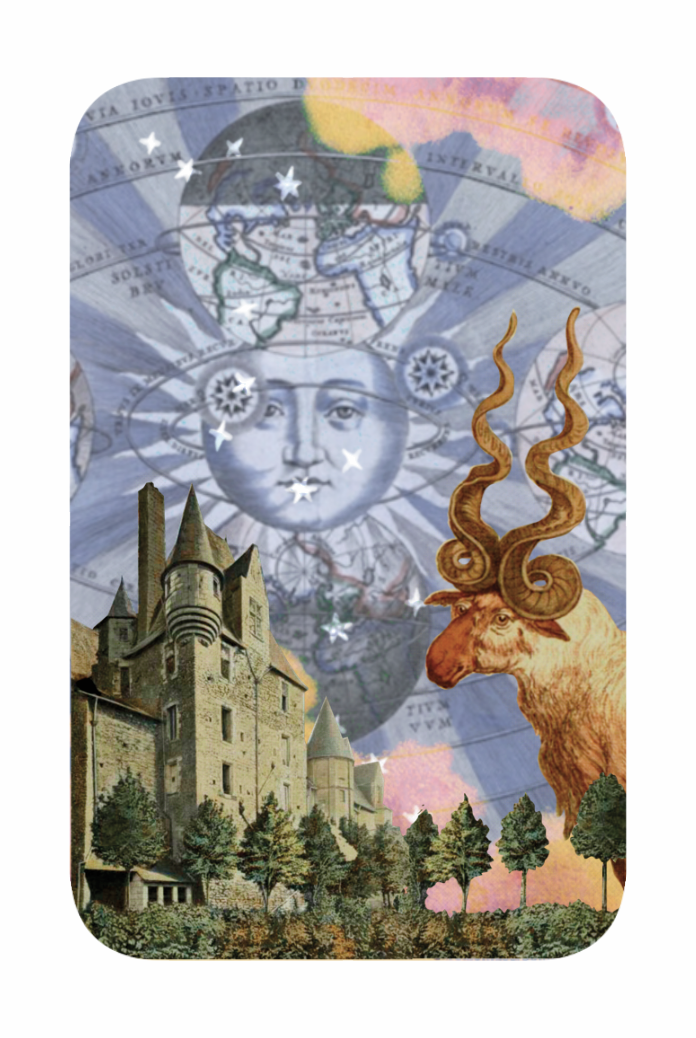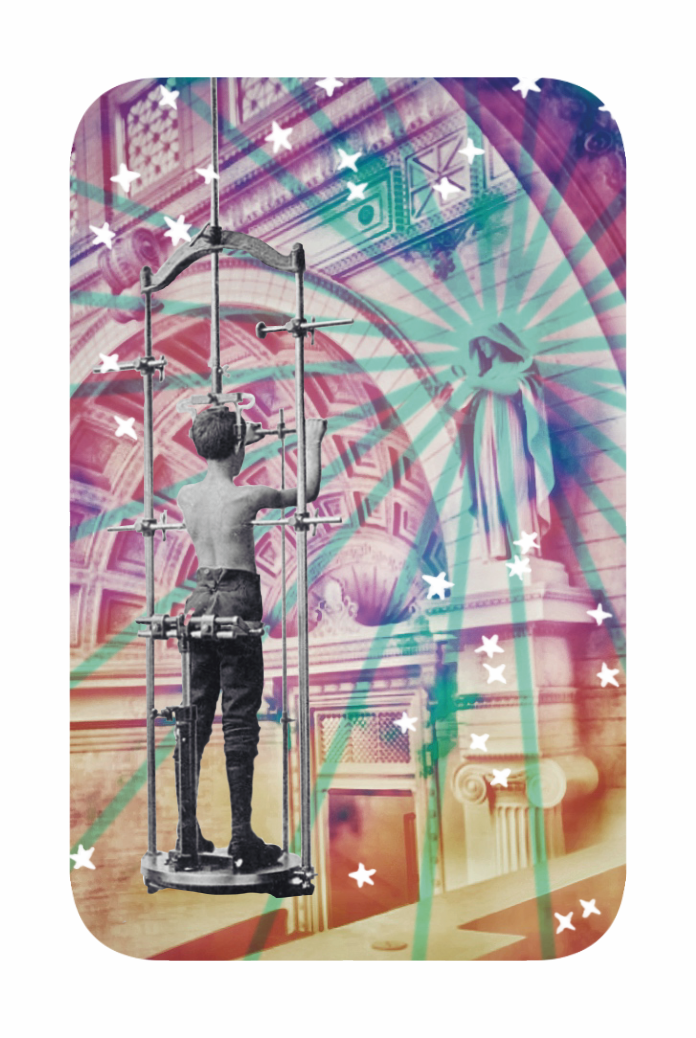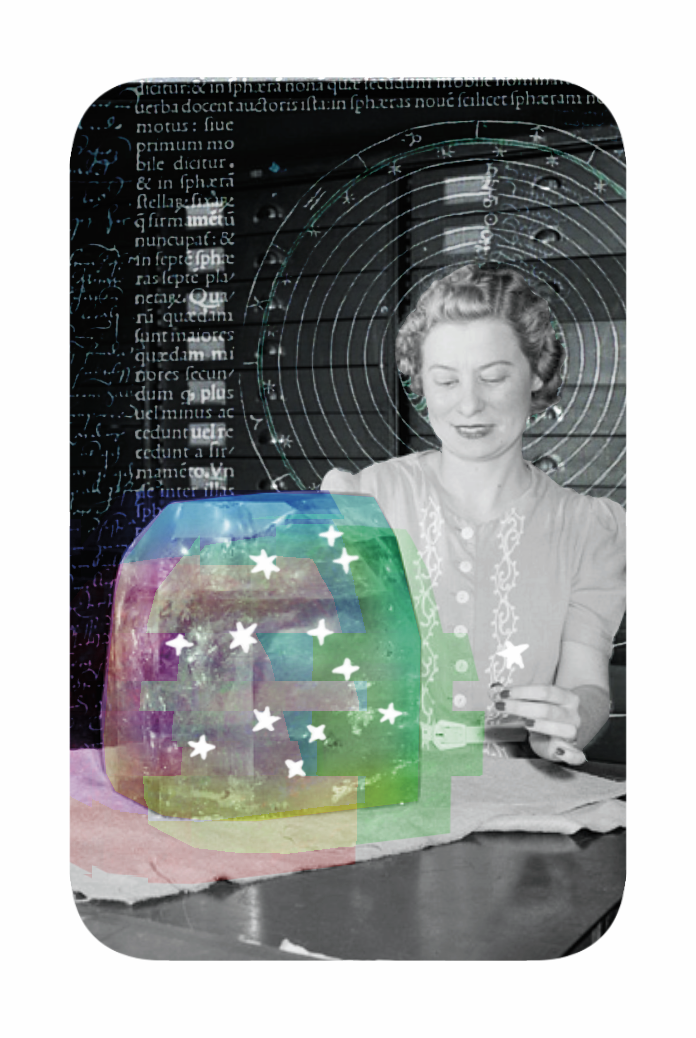The Living Oracle
The Living Oracle is not your traditional oracle deck. The Living Oracle is about change, growth, and development, and unlike traditional card decks like the Tarot or Lenormand, The Living Oracle is designed to change, both in the makeup of the deck, and in the definitions of the cards themselves. There are no set number of cards, and there are no set meanings for the cards.
Over time, new editions will be released with completely new cards that will allow you to change and evolve your deck over time: add cards, remove them, trade cards with other people, or even divide your deck to create custom decks for different situations, all tuned to your own intuition.
The cards themselves will not come with set interpretations— the accompanying guidebook will help you find interpretations that resonate and are unique to you, but these interpretations are also not set in stone— they are organic and are meant to grow and change with your deck and with you.
Introduction
The Living Oracle is not a traditional oracle deck. The Living Oracle is about change, growth, and development. It is designed to evolve into something special, something one-of-a-kind– something just for you. Over time, cards will be added or removed from your deck, and, tuned to your own intuition, The Living Oracle will help you develop a deep and evolving relationship with your cards and deck.
Unlike traditional card decks like the Tarot or Lenormand, The Living Oracle is designed to change, both in the makeup of the deck, and the definitions of the cards themselves. There are no set number of cards, and there are no set definitions for the cards in The Living Oracle.
Every reader is unique, and so every card and deck of The Living Oracle will reflect the uniqueness of its owner as well.
Interpreting the Cards
The Living Oracle begins with 24 cards. This set is the beginning. Before doing anything else, go through your deck. Look at each card. Explore the art. Keep a journal or notebook as you work with the cards. It will be helpful to keep track of the ideas and inspirations your intuition shows you.
Are there any cards that stand out to you, either because they are particularly meaningful, or perhaps because they are not? Is there a specific element or image in the card that draws your attention first? Is there a dominant colour in the card, and what does it mean to you? How does the card make you feel, or how would you interpret this card if it was a dream you were experiencing?
These are just some initial questions to ask yourself as you work your way through the cards. Allow your intuition to guide you, and write down any other impressions you may have for each of the cards. The cards and their images are fluid– their interpretations depend on context, because each card is meant to be a window into developing your own intuition, and these images will not be static symbols over time.
Curating your Deck
Once you have an understanding of the individual cards, you may begin to curate your deck by adding or removing cards from the deck. There is no ideal number for your set: 12 cards might work very well for some people, or a deck with 50 or 100 cards might be better for others. It all depends on how you like to read, and how your intuition guides you. Be sure to give yourself the space to discover whether a large or small set works best for you.
You will find that some cards will call to you loudly, clearly declaring their meanings to you, and will remain unchanging. But for other cards, they will be quiet, their meanings esoteric or hidden, and will take time to uncover and understand. Some might not speak to you at all. Embrace the journey and the process.
New cards will be released over time, so your deck will always have the opportunity to grow and develop. However, don’t try to collect all the cards that are made, as this will not add to your experience of the system, it will only distract you from your true goal: to explore your intuition.
Adding cards
New seasons of cards will be released over time, and the exact mix of cards you’ll receive will be unique. When you add new cards to your existing deck, give the deck time to see how the new cards interact with the old, and how all the cards work together as a whole. As always, some cards will speak louder than others, and some will be quieter, so give the deck time to breathe before removing any cards.
Remember, the goal of The Living Oracle is to have a deck that changes over time– it can shrink or grow, it can be divided or mixed. In time, we all change in mind, body and soul, and so should this deck.
Removing cards
When you find a ‘quiet’ card, don’t necessarily remove it right away. The card might be something like an adverb: a card that strengthens or enhances the meanings of the cards around it, or something that can add context to a reading. If you’ve had a quiet card in your deck for a while, and you find it’s just not adding anything, or if you find it distracts from your readings, then it may be time to remove it from the deck. Like pruning a plant to help it grow, sometimes removing something can help clarify the whole picture.
When you remove a card, don’t throw it away altogether. Set it aside, and it will be the beginning of your Shadow Deck.
Shadow Decks
Shadow decks are made up of cards that don’t fit in your primary deck. Shadow decks have a few uses: you might find that a shadow deck is useful when you need a totally different perspective on something, or if you’re feeling particularly blocked. Over time, you might find you’ve created something really special, a deck of your subconscious, a deck that speaks to you on a totally different level and might provide a very different and valuable perspective. Or maybe you’ve created a deck that would be perfect to give to someone else, or simply want to trade individual cards with other users of The Living Oracle.
Reading the Cards
When you are using a new deck, always read for yourself first. This is generally a good rule of thumb when using a new deck of any kind– it helps you to familiarize yourself with the voice of the deck before you introduce it to others. Reading cards is an art, not a science. You will be interpreting the cards, not solving a math problem, so there will always be multiple answers and almost infinite possibilities in any reading.
First, pick a spread you want to work with. The purpose of a spread is to spark a conversation, to ask questions about what you see, and to explore those answers. Some examples of basic spreads can be found at the end of this section.
After you’ve decided on which spread to use, take your deck and shuffle the cards. Focus on the cards, and when you feel ready, lay the cards down in the positions of your spread. Some like to lay the cards down one at a time, to get a picture of what each individual card is saying before laying down the next card, but others may prefer to lay out the whole spread first, so they can get a more complete picture of the reading. A mix of these two styles is also possible, and it ultimately comes back to what you, the reader, feel most comfortable with, and the context of the reading itself.
Once a card is laid down in your spread, examine the card in the context of its position in the spread, and ask yourself questions about that card and explore the answers. For example, if the card you have laid down in the ‘past’ position has a statue on it, you may want to ask yourself, was there a moment where you felt frozen, or found yourself standing still? Remember, the purpose of these spreads is to spark a conversation. Ask questions, and explore those answers.
Card Interpretation Prompts
If you have any difficulties developing the interpretations of your cards, use the following prompts to help spark your intuition. Read through the list of prompts and use them as inspiration and a jumping-off point to help you develop your own deeper interpretation of your cards.
A change, in perspective or direction.
Something hidden reveals itself.
Jealousy will distract you from potential happiness.
An unexpected surprise.
You will have an opportunity to divert or change your course before a disaster.
Inaction: don't be still when action is required.
Rest is needed for growth.
A door opens, but you must make the choice to walk through it.
A new phase.
Inspiration comes in many forms and takes many shapes.
It is time to make some choices.
Patience: laying the groundwork is hard, but it will pay off.
Renewal, rebirth, a return to the self.
Nurture yourself and others.
Freedom does not mean a lack of responsibility.
A guide appears.
It is out of your control, do not give it more energy than it deserves.
Vision: see beyond the self.
A past challenge can provide you with strength and insight now.
There are two sides to every situation.
Don't allow a distraction to sidetrack you from your goals.
Prosperity can take many forms.
Just because you can doesn't mean you should.
A breakthrough: this discovery or insight can change everything.
Let yourself feel joy.
Wholeness, completeness, a sense of self.
Chaos can lead to insight and clarity.
Prioritize what is needed over what is wanted.
Movement: changing where you stand can change everything.
Listen closely, even if it isn't what you want to hear.
Collaboration will open new doors.
Take action now, before the opportunity is lost.
A mistake now will lead to success later.
Abandonment: leaving something bad behind is not the same as giving up.
A new discovery can bring new opportunities.
Change can happen very quickly.
Questioning is the first step to understanding.
Protect others, or allow yourself to be protected by them.
Passivity: if you don’t express your needs or desires, no one will be able to help you accomplish them.
